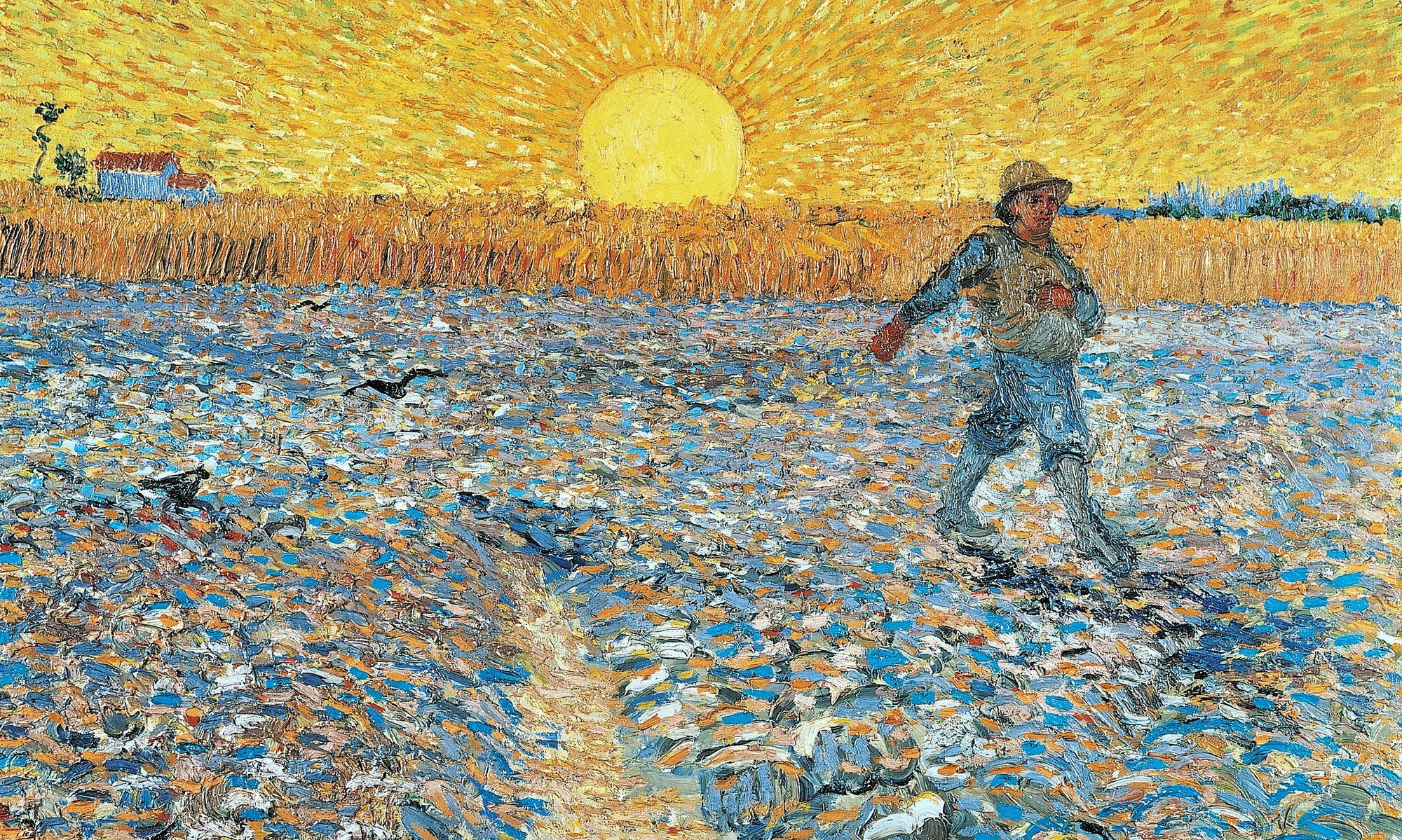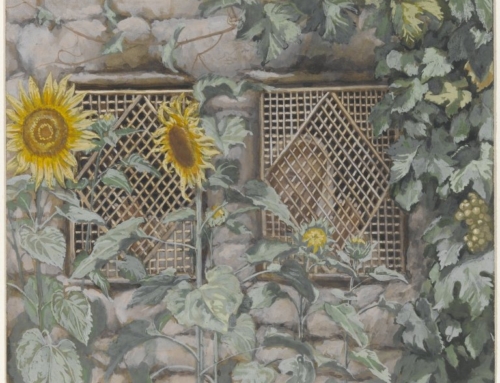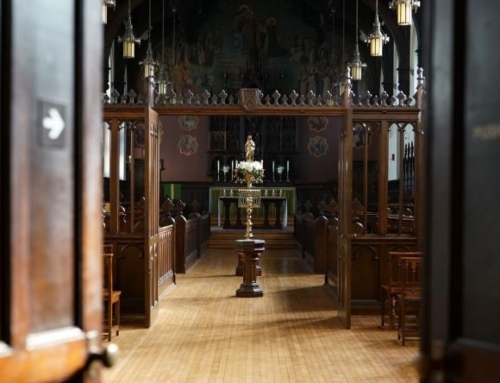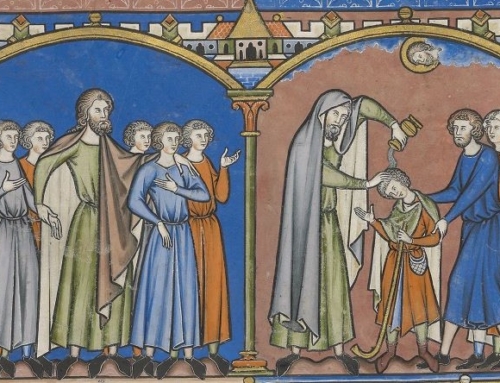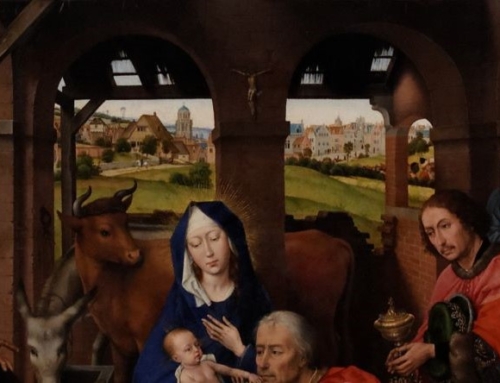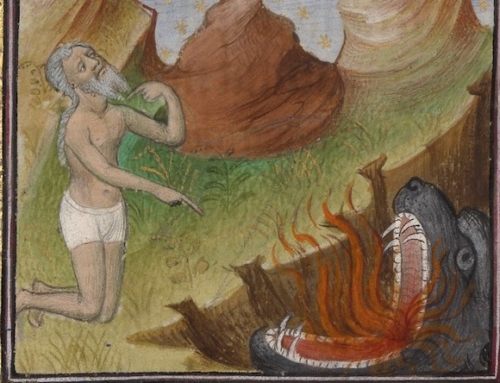The Scriptures refuse to be reduced to easy slogans. That doesn’t mean that it’s not good to find ways to express the riches of Scripture, though. The saints do this all the time, with lines like “The Son of God became man so that we might become God.” These have borne much fruit in the Church. Still, the Scriptures are never exhausted; they call us back, offering a fuller comprehension, a richer meditation.
I want to suggest a brief reflection on a parable we know well: the Parable of the Sower. The question I wish to ask in our consideration is this: “Where are we in the parable?” or “What represents us?”
This parable stands out, as you might know, because we have Jesus’ own interpretation of it. But the Lord is not satisfied to give us some quick sketch of what the elements represent, even as it applies to our one question. If we read closely, his own interpretation invites us to further meditation, questioning, and reflection. There is more here than meets the eye. Take the first few lines of his explanation:
“When any one hears the word of the kingdom and does not understand it, the evil one comes and snatches away what is sown in his heart; this is what was sown along the path” (Mt 13:19-20). This seems straightforward: the seed represents the word of the kingdom, and the soil (or path) represents us. But this simple scheme becomes more complicated, even in the very next line.
“As for what was sown on rocky ground, this is he who hears the word and immediately receives it with joy; yet he has no root in himself, but endures for a while, and when tribulation or persecution arises on account of the word, immediately he falls away” (Mt 13:20-21). Jesus seems to say that “what was sown on rocky ground” is “he who hears the word.” But typically it is the ground that receives the seed, not “what was sown” on the ground. And if the ground still represents us, why does Christ speak of “enduring” and “falling away”? The ground does not endure or fall away—the plant does. If we are represented by the plant, what does the ground represent?
We could continue through these images, but I think that this is enough to make the point: this parable is familiar, but it also has depths which we might easily pass over. Its well-known themes include the connection between hearing the gospel and fruitfulness, as well as its warning against the ways that we could fail to bear fruit. But Christ also challenges us to reflect upon the way that the word takes root in our soul, how we can be transformed, born from the word like a plant is born from a seed. He leads us to ask such questions as: “Is the word of the kingdom growing in us, or are we growing in the word?” “What is the relationship between the hearing of the word, the circumstances of our hearing it, and the development of our life in the spirit?” (And we’re not yet even touching the symbols of the “sower” and his “sowing,” or the “fruit” and its yield.)
If anyone takes the time to read closely, sits with the words, reflects on them throughout the day, trustingly wonders about these questions and seeks the wisdom of saints and scholars—if he asks for the Spirit’s gift of Understanding—this is one who is good soil. And hear what Christ says about what was sown on good soil: “this is he who hears the word and understands it; he indeed bears fruit” (Mt 13:23).
✠
Image: Vincent Van Gogh, The Sower

